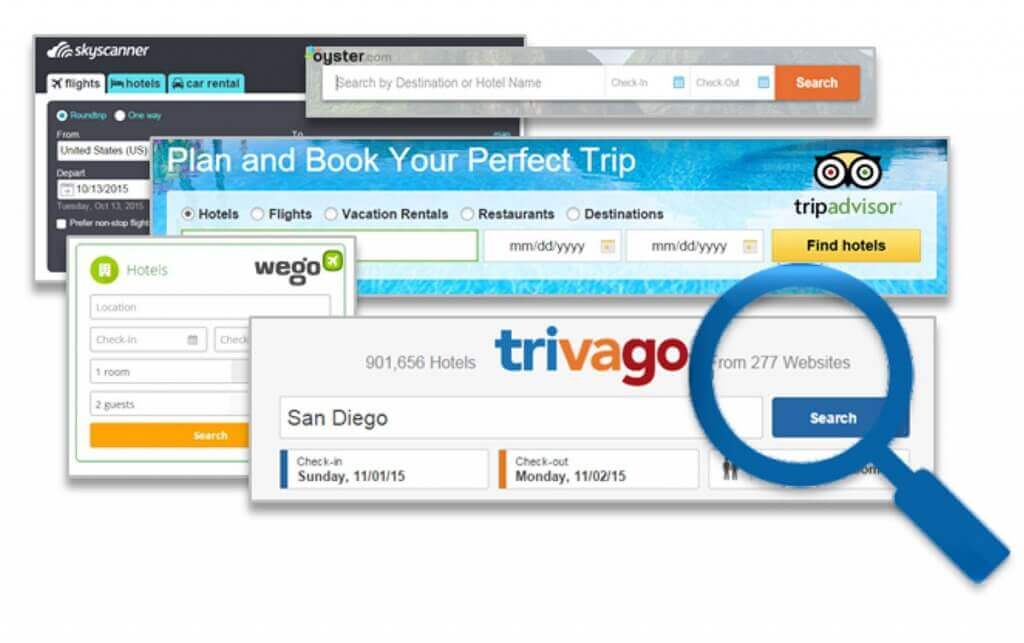
A decade and a half ago, when the first set of OTAs (Online Travel Aggregators/Agents) were born, travel planners were suddenly empowered with tools that enabled them to do all kinds of hotel and flight bookings without going to a traditional travel agent, while still being able to secure the best deal via comparison shopping. After a few years however, this gave birth to a unique problem of having to search in multiple OTAs to find the best offer since a deal may be found in one aggregator but not necessarily all others. It became difficult, especially for deal hunters – to find the best deal available.
Thus, metasearch was born. Metasearch platforms like Kayak, Skyscanner, Trivago and others started providing a consolidated view of search results that compared travel products across OTAs and hotel brand owners, giving a fast and comprehensive view of product choice and almost instantaneous purchasing option.
All problems solved? Unfortunately not. The advent of metasearch did help users by providing one-stop shopping, but soon, they also started breeding like rabbits! Many clones were available executing a similar functionality, but starting to show strong disparities in the prices they fetched. So, a user now had to look up multiple metasearch engines to pick the best offer! So, eventually they didn’t completely resolve the laboriousness of online travel booking – especially around the hotel/accommodation space.
Both OTAs and metasearch platforms that target hotel bookings bewilder the users with an overwhelming list of choices. It is also not easy for users to careully select and book based on the overall experience the property offers as comparisons are usually restricted to price or special offers and promotions.
In my opinion, it is time for the metasearch industry to grow up. Below are some of the areas of innovation I can think can lead to the next stage in the evolution:




